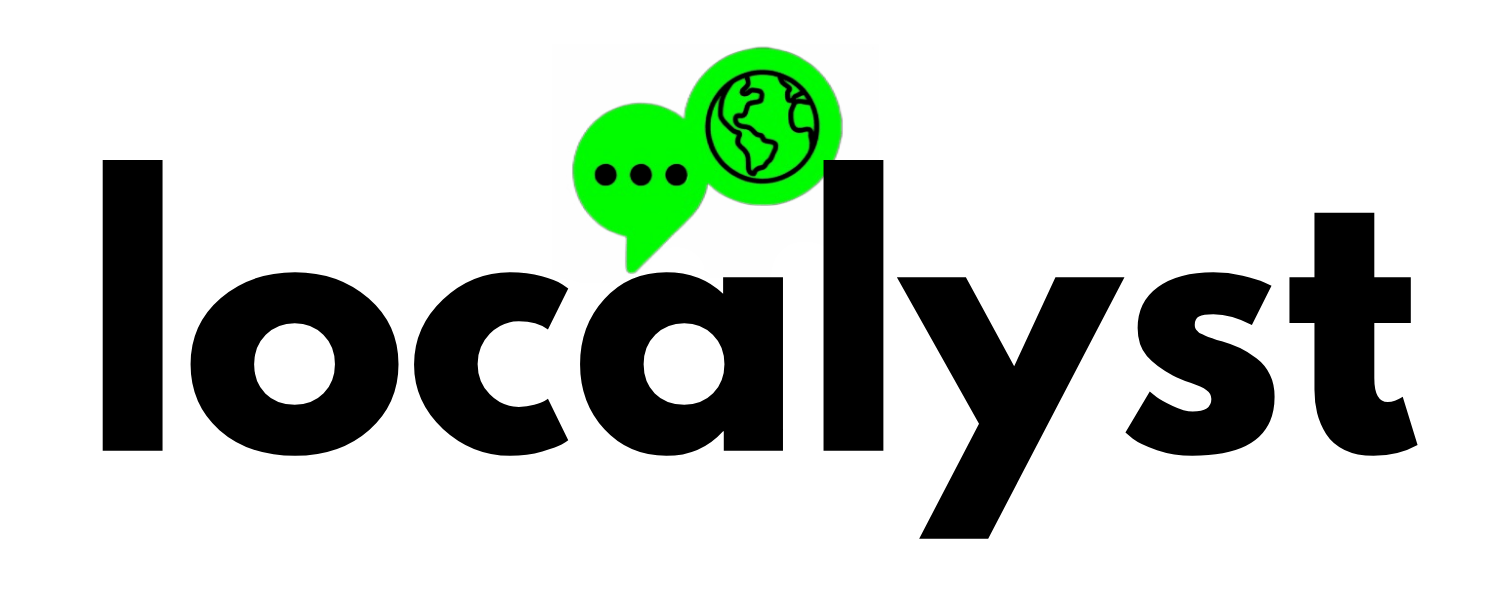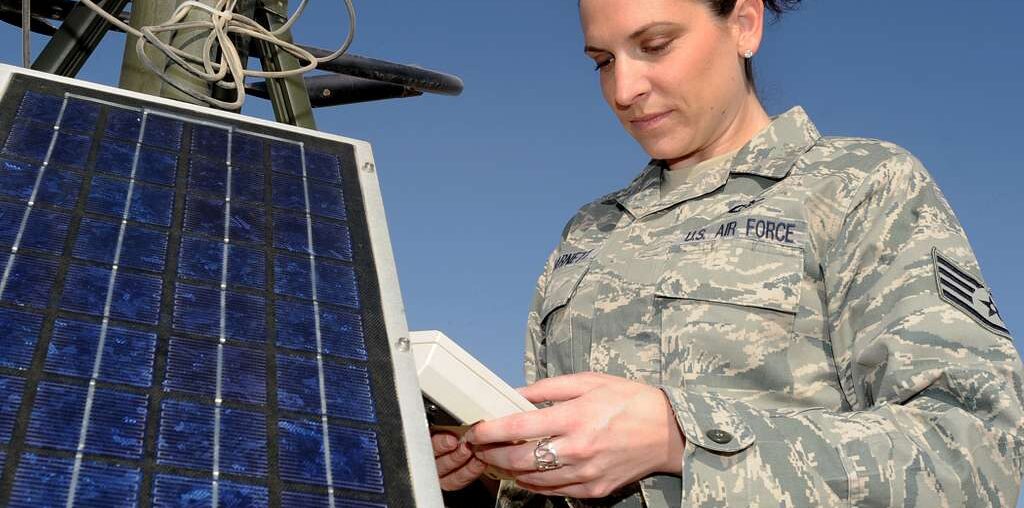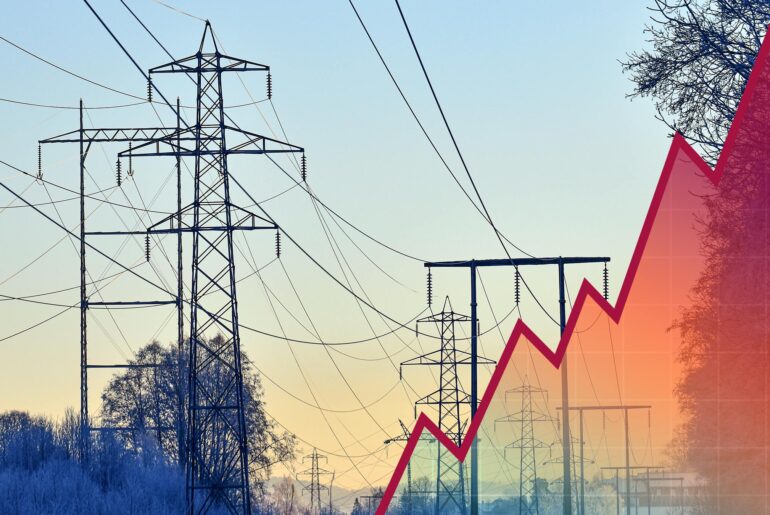
and Why It Matters to Communities Like Yours
By Dana Schultz
Solar isn’t just about powering rooftops — it’s about powering missions.
Across the U.S. Department of Defense (DoD), clean energy is no longer optional. It’s a lifeline. From remote forward operating bases to major domestic installations, solar energy has become one of the military’s most strategic tools — providing reliable, renewable power where and when it’s needed most.
Remote power you can count on
In forward operating environments, solar panels paired with battery storage are replacing diesel generators. These systems keep communications online, light field hospitals, and power critical operations — while cutting fuel costs and reducing the risks associated with fuel convoys.
Air Force veteran Melissa Cordero of Veterans Power America explains it best:
“When the U.S. military sends people like me into these environments, we don’t rely on fragile energy systems. We use battery storage systems and microgrids to power our bases because they are safe and resilient and built to last.”
These hybrid solar-plus-storage systems aren’t just efficient — they save lives, proving that reliable clean power is essential to national security.
Major grid commitments
Closer to home, the DoD recently entered a $248 million agreement with Duke Energy through its Green Source Advantage program. The deal will deliver about 135 MW of new solar capacity from two South Carolina solar farms — supplying clean electricity to Fort Liberty, Camp Lejeune, Cherry Point, Seymour Johnson AFB, and Shaw AFB by 2026.
According to Duke Energy and the Department of Defense, the projects will generate roughly 4.8 million MWh of clean energy over 15 years — enough to power tens of thousands of homes — and will help the military meet its goal of sourcing 100% carbon-free electricity by 2030 across U.S. operations.
Legacy projects show the path forward
At Nellis Air Force Base in Nevada, a 14.2 MW solar array covering 140 acres has been powering base operations since 2007. The project saves roughly $1 million annually in electricity costs and prevents thousands of tons of carbon emissions each year — setting the standard for public-private solar partnerships across the nation.
Key Takeaways
- Solar is a tool for security and resilience, not just emissions reduction.
- If solar can support military logistics and energy independence, it can strengthen hospitals, schools, and local grids too.
- Veteran advocates like Melissa Cordero are connecting military-grade energy reliability with community clean energy leadership.
As the nation continues its clean-energy transition, it’s worth watching how institutions like the military lead. These aren’t far-off pilot programs — they’re mission-critical deployments shaping the future of American energy.
In the News:
- Florence Council approves 400 MW Lighthorse battery project
- Why the U.S. Military Is Betting on Solar (YouTube)
- Common Defense on clean energy and veterans’ leadership (YouTube)
- Melissa Cordero: Veterans can lead on climate resilience (Tucson.com)




